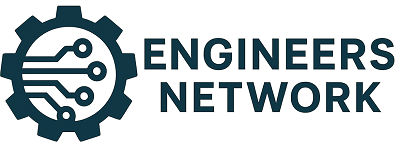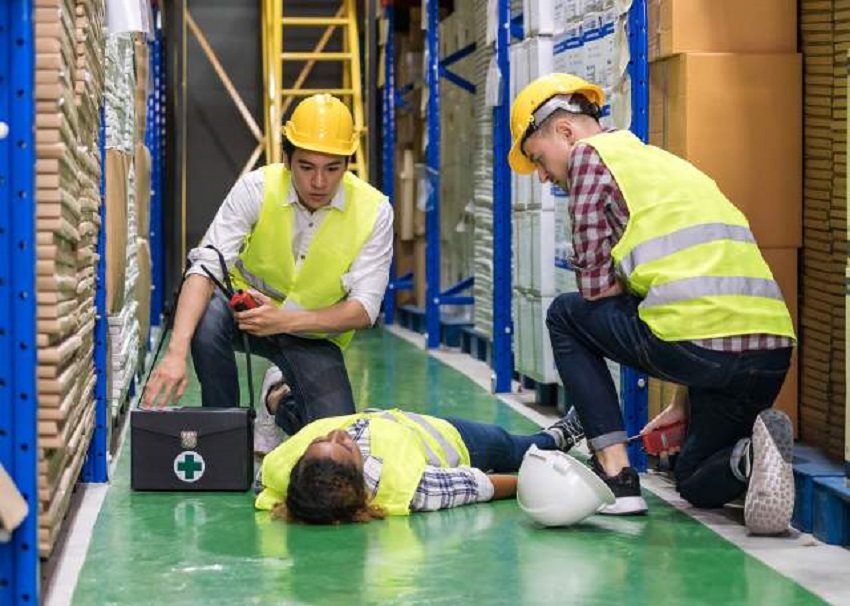As an engineer, it is important to be aware of the potential risks associated with the workplace. It is essential to take the necessary steps to ensure a safe and healthy working environment for everyone. Let’s take a look at the various risks that engineers may face in the workplace and how to overcome them.
The importance of workplace risk management
Maintaining a safe and healthy workplace is essential for any engineer, regardless of the field they are in. As an engineer, it is important to identify potential workplace risks and take the necessary steps to mitigate them. This will help protect not only the engineers but the entire team, as well as the work environment. Additionally, it is important to ensure that all safety protocols are followed to prevent any harm from occurring.
Potential risks and how to overcome them
- Safe storage of oil and fuel
One potential risk that engineers may encounter when working with oil tank storage is the risk of fire and/or explosion. This risk can be caused by poor maintenance of the oil tanks, leaks, and improper handling of the tanks. To prevent the risk of fire and/or explosion from oil tanks, it is important to ensure proper tank maintenance and the safe storage of oil and fuel in the workplace. This includes ensuring that the tanks are regularly inspected for any signs of wear or damage. All tanks should be properly secured to prevent any accidental spillage and tanks that are not in use should be properly sealed and stored away from any direct sources of heat or flame.
- Electrical risks
Electrical hazards pose a real risk to engineers in the workplace. To minimize the chances of such an occurrence, it is essential to ensure all wiring is updated, all electrical components are properly maintained, and safety protocols are followed. It is also necessary to have a safety plan in place that outlines the steps to take in the event of a power failure or other emergency.
- Machinery risks
Engineers may also face problems in the workplace due to machinery such as improper operation, defective equipment, and inadequate training. In order to ensure employee safety, all machinery should be regularly inspected and maintained and all operators should be properly trained in the safe operation of the machinery and that all safety protocols are followed. It is important to establish a safety plan that outlines how to respond in the event of an emergency.
- Hazardous materials
Some more potential risks are caused by hazardous materials. Some common mistakes can include chemical spills, toxic fumes, and dust particles. For example, in the field of mechanical engineering, engineers may have to work with hazardous materials such as oil, grease, and other fluids. To prevent these risks, it is necessary that all hazardous materials are properly stored and handled, that all safety protocols are followed, and that all workers are properly trained in safe handling.
- Poor ergonomics
Finally, engineers may also face the risk of injury due to poor ergonomics. This can include poor posture, repetitive movements, and inadequate lighting. To prevent these risks, it is important to ensure that all workstations are properly set up and ergonomically designed. Additionally, it is important to ensure that workers are properly trained in the proper use of any tools or equipment they will be using, as well as in safe lifting and posture techniques.





Leave a Reply